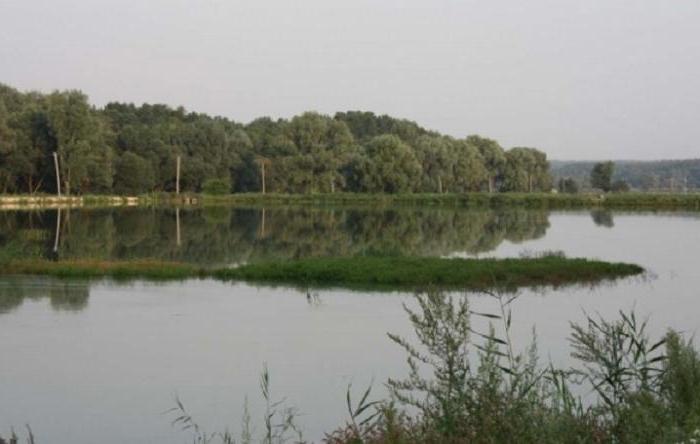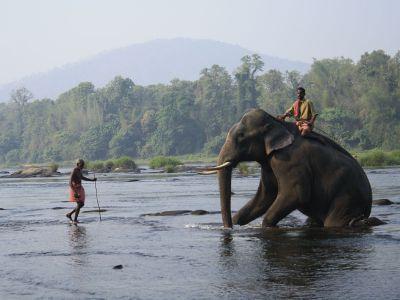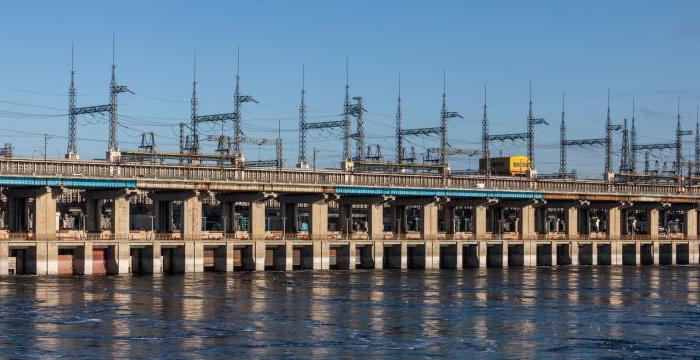To the western city border of Kiev adjoinland Kiev Svyatoshinsky area. The length of this border is 60 kilometers. The administrative center is the city of Kiev. But the city itself is an independent unit and is not part of the district. This is the most populous part of the area.

Geographical position
Kiev-Svyatoshinsky district of Kiev regionlocated in a picturesque forest belt, gradually turning into forest-steppe. Small rivers Irpen, Nivka, Bucha flow through its territory. The terrain is slightly hilly. It houses many small reservoirs, giving it a natural charm.
Partially preserved in the valleys of the Irpen and Bucha riversold forests, which in antiquity covered the territory of the district. There are also steppe areas, mostly plowed up and used for agricultural crops. The lands of the region, which is a suburb of the largest city of Ukraine - Kiev, are used by its population for dacha plots as places for recreation and leisure.

Climatic conditions
Climate in Kiev Svyatoshinsky districtmoderately continental. Winters are mild and not very cold. The average winter temperature is –3.5 degrees. The coldest time is January. Summer is warm, mild, with an average temperature of up to 25-28 degrees.
Air humidity is relatively high andis up to 65% in summer and up to 85% in winter. Rainfall is up to 619 mm per year. The climate is generally very comfortable. The absence of large enterprises in the district makes it attractive for living.

Administrative division
The district has 52 settlements,of which 2 cities of district subordination are Vishnevoe and Boyarka. One village called Chabany and 49 small and large villages of the Kiev-Svyatoshinsky district, members of 25 village councils.
The district is located on the territory of 726 squarekilometers, this is only 2.6% of the area of the Kyiv region. The Kiev-Svyatoshinsky district is located in the center of the region, covering Kiev with a half-ring from the western side. It borders only with the urban areas of Kiev and the region. It is surrounded by Vasilkovsky, Boryspil, Vyshgorod, Brovarsky, Makarovsky, Borodyansky, Obukhovsky districts.

Industry and Agriculture
There are no significant useful areasfossil. Here were built and operated several brick factories in Muzichi and Foresters. The industry is represented by the production of building materials. Currently, the area is undergoing large-scale construction of residential buildings, elite cottage settlements.
As a suburb of Kiev, the district fulfills the role of supply.big city food and agricultural products. Horticulture, plant growing, vegetable growing, dairy and beef cattle breeding received great development.
In the village of Novoselki, Kyiv-Svyatoshinsky district, the famous Institute of Horticulture of Ukraine is located. Here are grown seedlings of elite fruit trees, which grow in many parts of the country.

History
Благодатные природные условия, мягкий и тёплый climate, abundance of water, fertile soils made the territory of the region, including the region, attractive for human settlement. BC, Scythian tribes lived on the lands of the Kiev-Svyatoshinsky district, as evidenced by the ancient settlement in the area of the village of Khotovo.
At the beginning of the first millennium of our era beganthe gradual settlement of the terrain early Slavic tribes. Here lived the ancestors of Kievan Rus - Polyana. According to ancient chronicles, it was in this area that the legendary Belgorod was located, which, in order to avoid confusion, was given the name of Belgorod-Kievsky by historians.
As scientists assume, precisely inBelgorod-Kievsky was the residence of the Kievan princes, and the city was managed by their heirs. But the Tatar-Mongol invasion, literally wiped out more than one settlement, did not spare Belgorod-Kievsky. In our time, on the territory of the legendary city is the modern village of Belogorodka.
История Киево-Святошинского района тесно связана with the history of Kiev. The formation, prosperity and extinction of Kievan Rus, the invasions of the Polish and Lithuanian invaders, reunification with Russia was a bright page for the history of the area.
Вместе с городом район пережил оккупацию German troops in World War I, the 1917 Revolution. The civil war, the liberation from the Germans, the complete devastation in the twenties did not leave a single family of the region untouched. The subsequent collectivization and industrialization of the 1930s, the excesses of the leadership, had an effect on the population of the district, but they also gave positive results. Industry was revived, agriculture became one of the most advanced in the world.
The occupation by the German fascist invaders during the Great Patriotic War, the heroic struggle of the people of Ukraine as part of the fraternal peoples of the USSR against the fascists, is written in pages of Ukrainian and world history in gold.
Complete disruption and recovery in the postwarThe years in which all the peoples of the country took part, the prosperity and development of Ukraine within the USSR as one of the leading republics in terms of standard of living, industrial production, agriculture, science and education - this was reflected in the development of the Kiev-Svyatoshinsky district.












